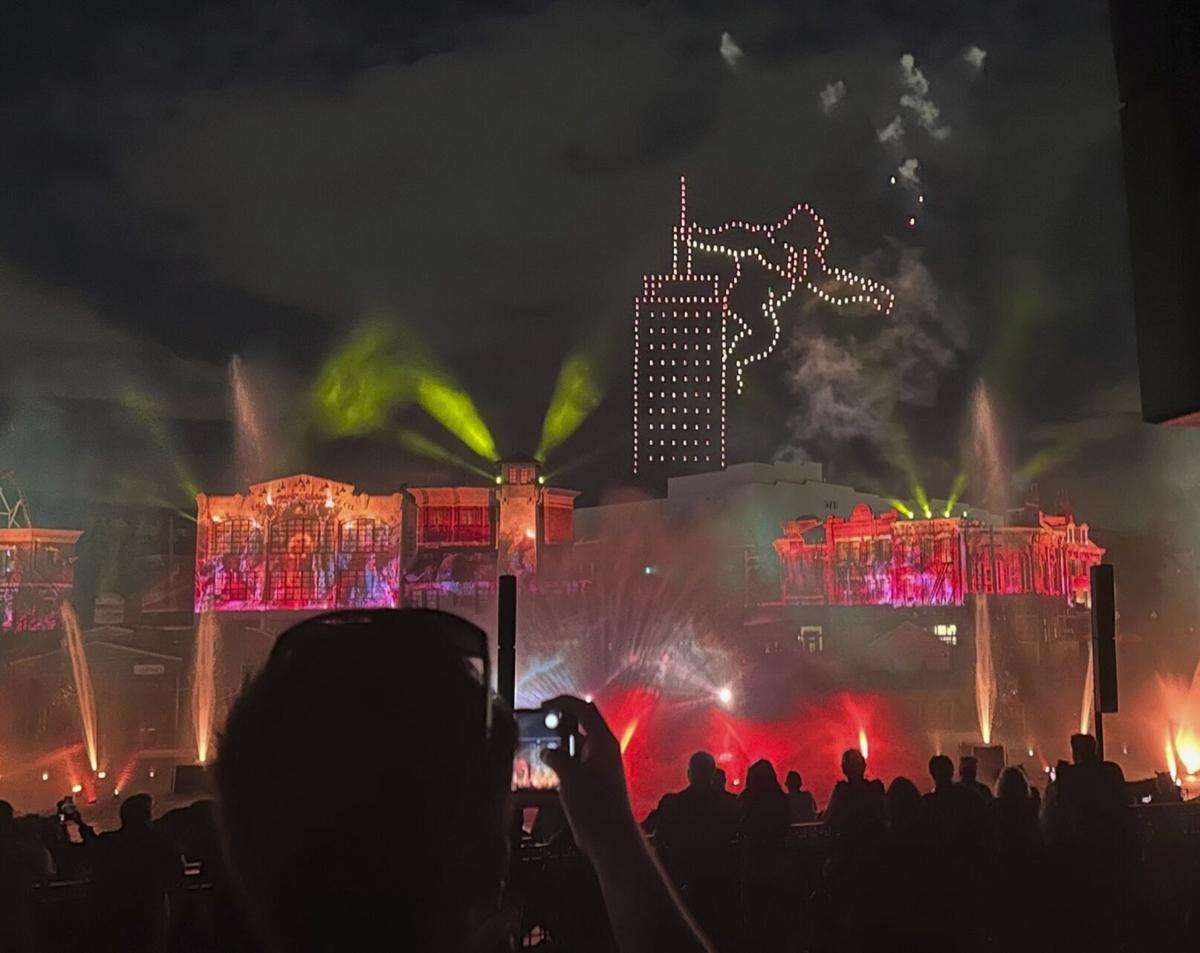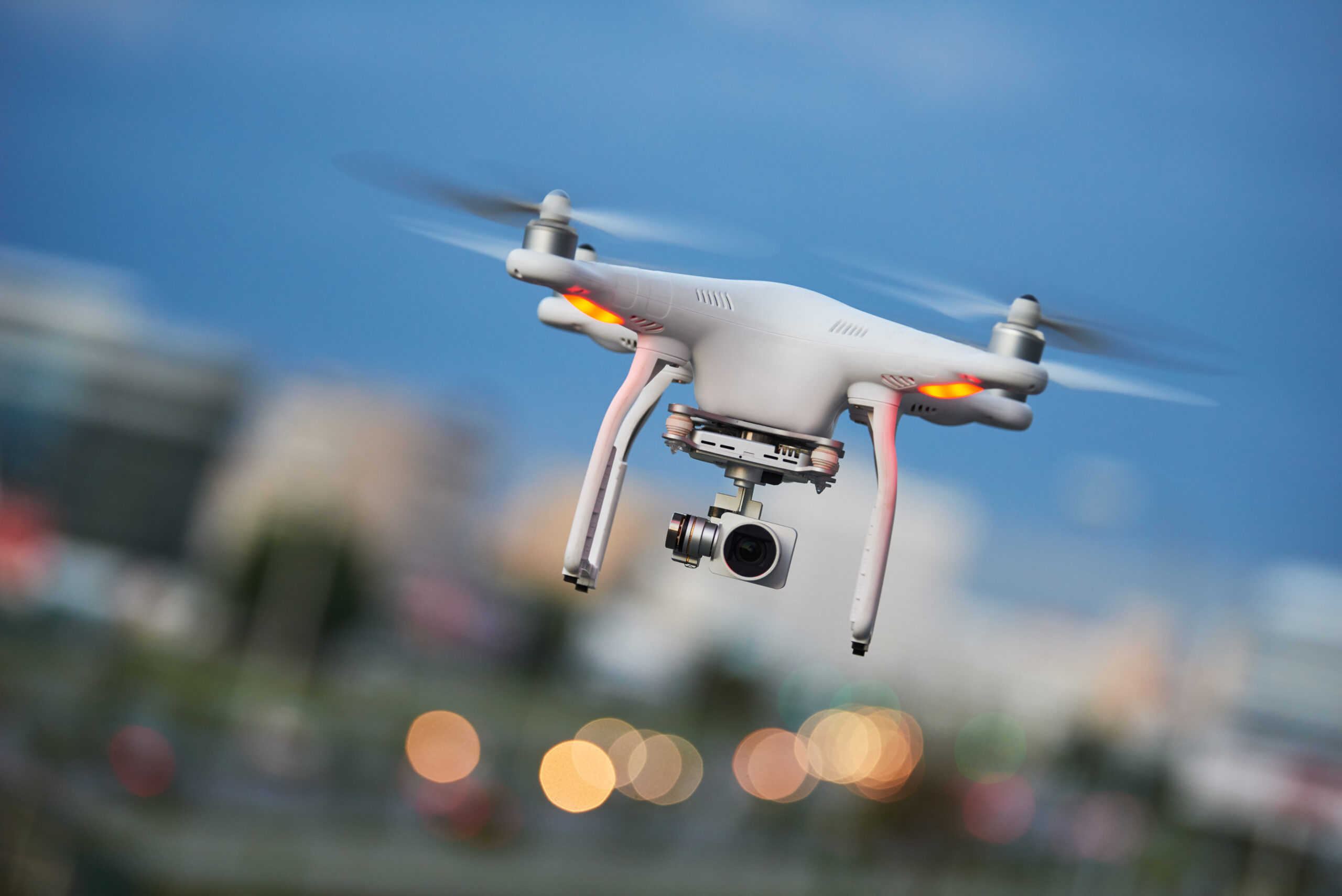Drone show accidents: They grab headlines, but understanding the causes, prevention, and consequences is crucial for the future of this spectacular technology. This guide dives into the various types of accidents, from simple malfunctions to catastrophic collisions, exploring the human and technological factors involved. We’ll examine safety regulations, technological advancements, and real-world case studies to build a clearer picture of how to ensure safer, more spectacular drone shows.
We’ll cover everything from the nuts and bolts of drone failure modes to the importance of robust emergency response plans. Learn about the legal liabilities, insurance requirements, and the evolving public perception surrounding these breathtaking displays. By the end, you’ll have a much better understanding of the risks, the solutions, and the exciting future of drone shows.
Drone Show Accidents: Understanding, Preventing, and Mitigating Risks

Drone shows, while spectacular, carry inherent risks. Understanding these risks, implementing robust safety protocols, and leveraging technological advancements are crucial for ensuring safe and successful events. This article delves into the various aspects of drone show accidents, from common causes and preventative measures to legal considerations and future innovations.
Types of Drone Show Accidents
Drone show accidents can be broadly categorized into malfunctions, collisions, and weather-related incidents. Human error plays a significant role in many cases. Understanding these categories and their contributing factors is the first step towards effective risk mitigation.
| Accident Type | Description | Frequency (Estimate) | Contributing Factors |
|---|---|---|---|
| Malfunctions | Unexpected failure of drone components (e.g., motor failure, GPS loss, battery malfunction). | High – accounts for a significant portion of accidents. | Poor maintenance, faulty components, inadequate pre-flight checks. |
| Collisions | Drones colliding with each other, obstacles, or other objects. | Medium – often occurs during complex maneuvers or in densely populated airspace. | Pilot error, inadequate spacing between drones, lack of obstacle detection. |
| Weather-Related Incidents | Accidents caused by adverse weather conditions (e.g., strong winds, rain, fog). | Medium – highly dependent on location and time of year. | Failure to monitor weather forecasts, inadequate wind tolerance of drones, flying in unsuitable conditions. |
Drone failure modes can include GPS signal loss leading to uncontrolled flight, motor failure causing a sudden drop, and battery depletion resulting in a power outage mid-flight. Human factors such as inadequate pilot training, poor decision-making under pressure, and insufficient communication among operators significantly contribute to accidents.
Safety Regulations and Protocols, Drone show accident

A comprehensive safety checklist is vital for successful drone show operations. This involves meticulous planning, rigorous testing, and adherence to all applicable regulations. International standards and best practices provide a framework for this process.
Drone show accidents, sadly, can happen. Proper planning and safety protocols are crucial to avoid mishaps, which is why researching successful shows is important. For example, check out the impressive displays at the orlando drone show , a great case study in well-executed drone choreography. Learning from both successes and failures helps prevent future drone show accidents and ensures amazing, safe light shows for everyone.
- Pre-flight inspections of all drones and equipment.
- Detailed flight plan with contingency plans for various scenarios.
- Designated emergency response team and procedures.
- Strict adherence to airspace regulations and obtaining necessary permits.
- Real-time monitoring of drone positions and battery levels.
- Weather monitoring and contingency plans for adverse weather.
Examples of safety regulations vary across countries. The FAA in the US has specific rules for commercial drone operations, including airspace restrictions and pilot certifications. Similar regulations exist in the EU and other regions, often emphasizing risk assessment and safety management systems.
Risk assessment approaches vary. Some use qualitative methods, identifying potential hazards and assessing their likelihood and severity. Others employ quantitative methods, using statistical data and modeling to estimate risks more precisely. A combination of both approaches is often preferred.
Technological Advancements for Safety

GPS technology is fundamental to drone navigation and safety, providing precise location data. Modern drones often incorporate additional safety features that minimize the risk of accidents.
| Drone Model | Safety Feature 1 | Safety Feature 2 | Safety Feature 3 |
|---|---|---|---|
| Example Drone A | Redundant GPS systems | Obstacle avoidance sensors | Fail-safe return-to-home function |
| Example Drone B | Automatic altitude hold | Emergency stop mechanism | Real-time flight data monitoring |
| Example Drone C | Advanced collision avoidance | Battery health monitoring | Geofencing capabilities |
These features, along with sophisticated flight control systems, significantly enhance the safety and reliability of drone shows.
Case Studies of Drone Show Accidents

Analyzing past accidents provides valuable insights into improving safety. The following are examples (note: details are generalized for illustrative purposes and may not represent specific real-world incidents).
Case Study 1 (2018): A drone show experienced multiple drone malfunctions due to a software glitch during a complex synchronized routine. This resulted in several drones crashing, causing minor damage but highlighting the importance of rigorous software testing.
Case Study 2 (2020): Strong winds during a show caused several drones to deviate from their planned flight paths, resulting in near-miss collisions. This underscored the necessity of accurate weather forecasting and contingency plans for adverse conditions.
Case Study 3 (2023): A pilot error led to a collision between two drones during a low-altitude maneuver. The incident emphasized the need for thorough pilot training and the importance of maintaining safe distances between drones.
These accidents have led to improvements in drone technology, safety regulations, and operator training, improving the overall safety of drone shows.
That drone show accident got me thinking about the safety of drone tech in general. It makes you wonder about the logistics of large-scale drone operations, like those used for amazon drone delivery locations , and how they manage potential risks. Ultimately, preventing similar accidents requires rigorous safety protocols, no matter the scale of the operation.
Mitigation Strategies and Best Practices
Preventing mid-air collisions requires meticulous planning and execution. Effective communication and coordination are essential.
- Precise flight planning with ample spacing between drones.
- Use of advanced collision avoidance systems.
- Real-time monitoring of drone positions and airspace.
- Redundant communication systems.
Effective communication among operators is paramount. Clear communication protocols and a designated communication lead can prevent confusion and ensure coordinated actions. A well-defined emergency response plan, including procedures for immediate action, is also crucial.
Insurance and Liability
Comprehensive insurance coverage is essential for drone show operations. This protects against potential losses from accidents and liability claims.
Liability for drone show accidents can be complex. Determining fault often involves investigating the cause of the accident and considering the responsibilities of various parties involved, including the show organizers, pilots, and drone manufacturers. Insurance policies usually cover damages and legal costs associated with accidents.
Public Perception and Future of Drone Shows
High-profile accidents can negatively impact public perception. The industry is actively working to improve safety and regain public trust through enhanced safety protocols, improved technology, and increased transparency.
Future innovations, such as improved AI-powered collision avoidance, enhanced communication systems, and more robust drone designs, will further enhance safety. This, combined with stringent safety regulations and operator training, will pave the way for more spectacular and safer drone shows in the future.
End of Discussion: Drone Show Accident
The increasing popularity of drone shows demands a parallel increase in safety protocols and technological innovation. While accidents are a stark reminder of the inherent risks, they also serve as invaluable learning opportunities. By implementing the safety measures and best practices discussed here, we can strive towards a future where these mesmerizing spectacles continue to captivate audiences without compromising safety.
Drone show accidents, unfortunately, aren’t uncommon. Sometimes, things just go wrong, leading to a spectacular, and costly, drone show crash. Check out this article detailing one such incident: drone show crash. Learning from these mishaps is key to improving safety protocols and preventing future drone show accidents. Proper planning and maintenance are crucial for avoiding similar issues.
The future of drone shows is bright, but responsible development and a commitment to safety are key to realizing its full potential.
FAQ
What are the most common causes of drone malfunctions during a show?
Common causes include battery failure, motor malfunctions, GPS signal loss, and software glitches.
How much does insurance for a drone show typically cost?
Insurance costs vary widely based on the scale of the show, the number of drones, and the level of coverage.
What are the legal penalties for violating drone show safety regulations?
Penalties can range from fines to license suspension, depending on the severity of the violation and local laws.
What is the role of air traffic control in drone shows?
Air traffic control plays a crucial role in coordinating drone flights to prevent conflicts with other aircraft. Proper communication and coordination are essential.